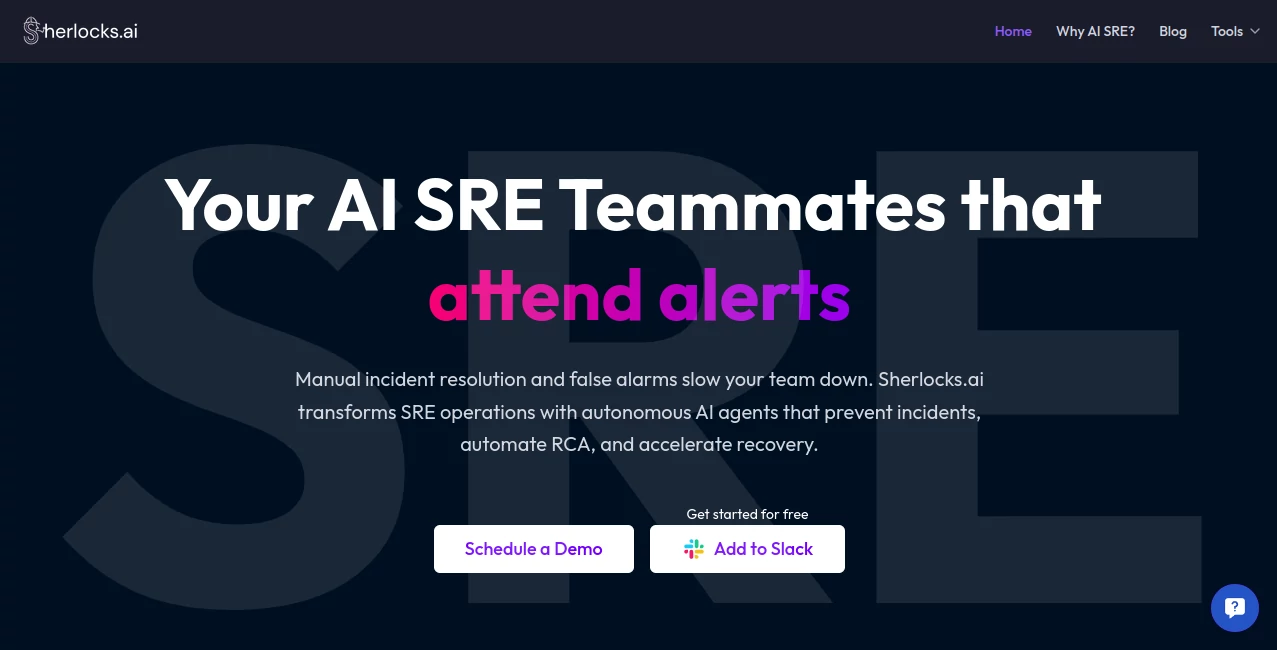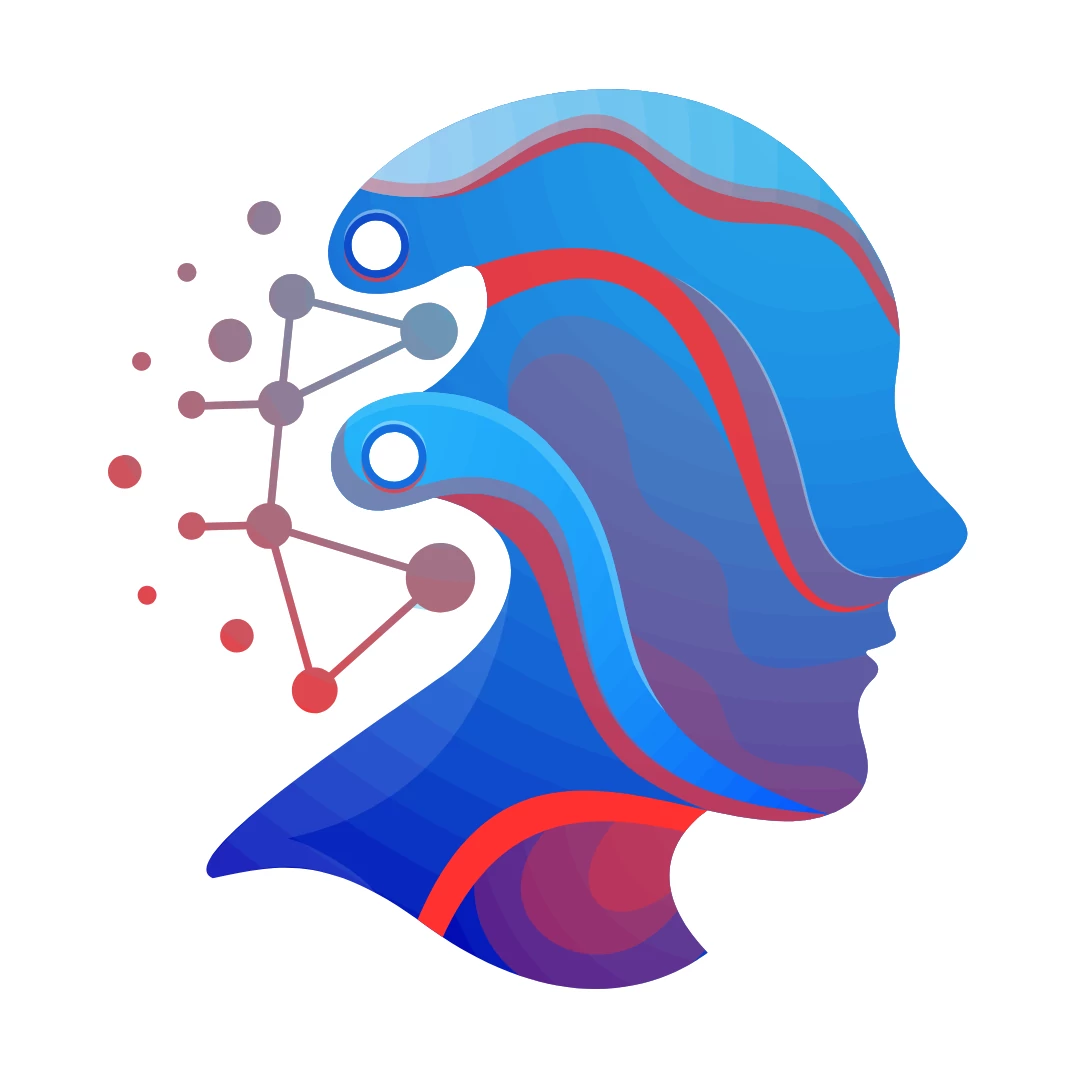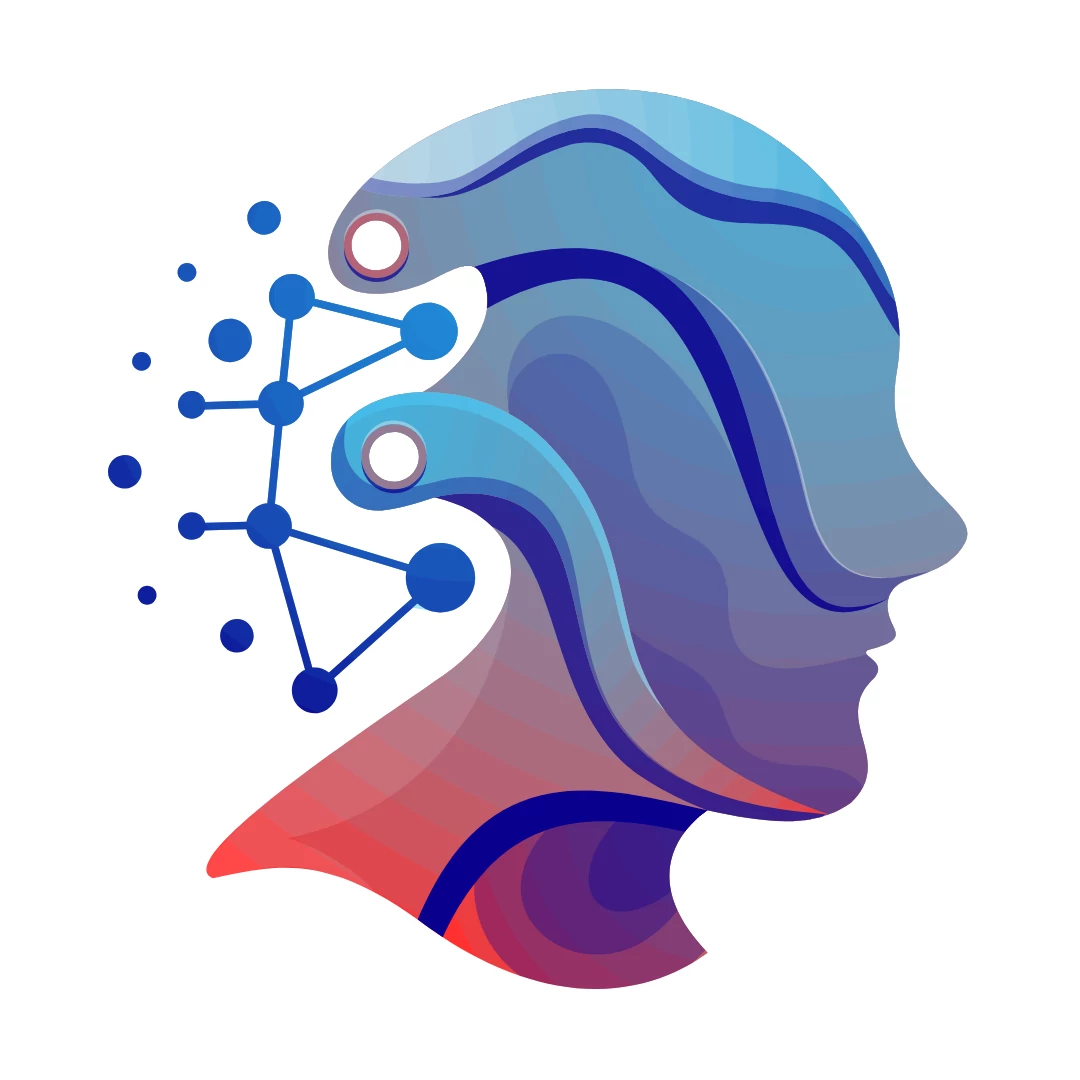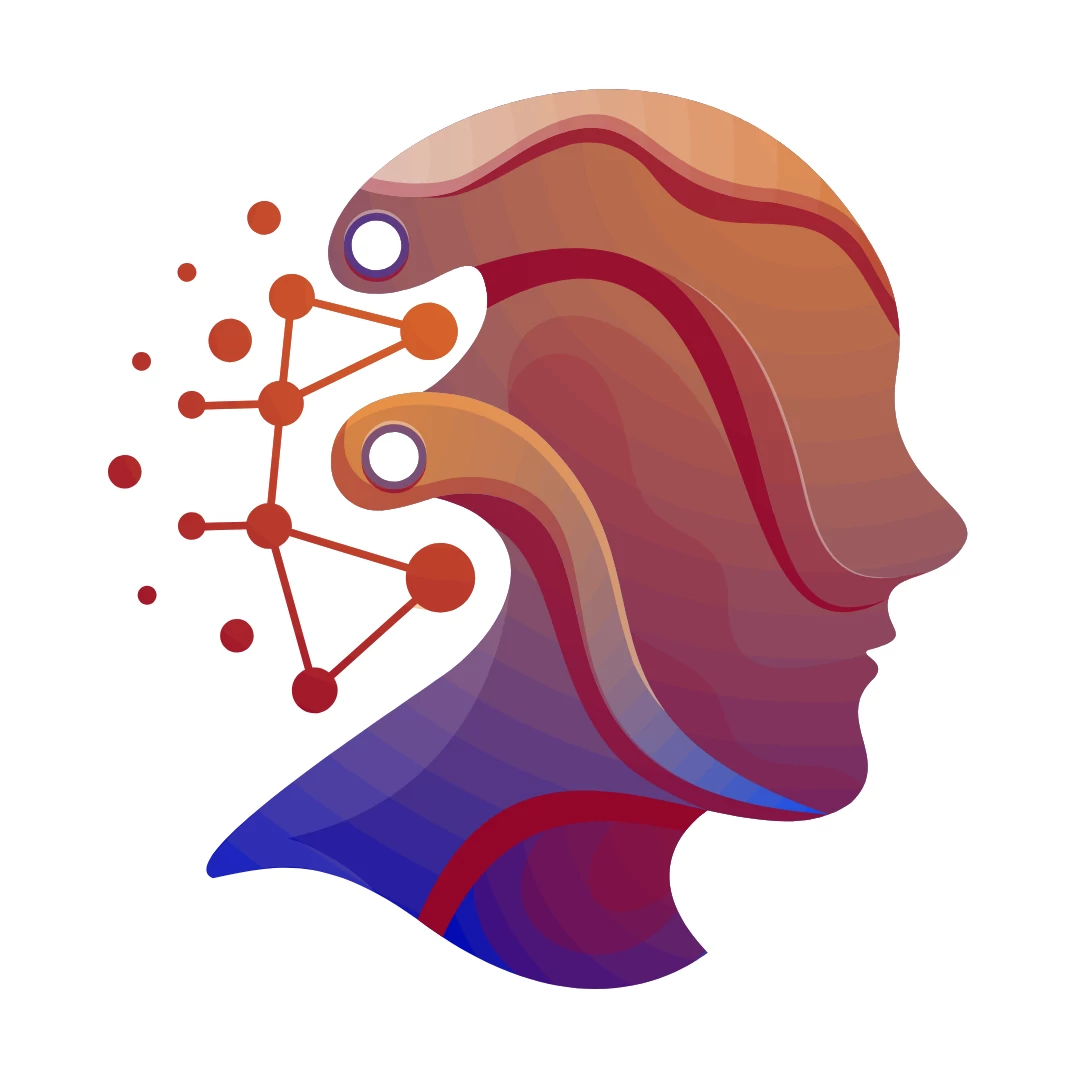sherlocks.ai
Autonomous Guardians for Your Systems

What is sherlocks.ai?
Sherlocks steps in like a tireless night watchman, scanning logs and alerts round the clock to keep digital operations humming without a hitch. This clever setup spots trouble before it snowballs, digs into the why behind glitches, and patches things up faster than any human shift could manage. Teams that have brought it aboard tell stories of quieter pagers and sharper focus on building cool stuff instead of firefighting.
Introduction
Sherlocks got its start when a crew of reliability pros grew weary of chasing false alarms and piecing together post-mortems at 3 a.m. They launched it to hand the grunt work to smart agents that never sleep, learning from every hiccup to get wiser. In no time, outfits from scrappy startups to big clouds were raving about the calm it brought to stormy on-call rotations. What hooks folks is how it blends deep system smarts with plain-English explanations, turning opaque outages into lessons that stick and prevent repeats.
Key Features
User Interface
The main hub feels like a mission control room—clean graphs track health at a glance, with drill-down tabs that unfold incident timelines without drowning you in jargon. A chat window lets you poke the agents for updates, and color-coded banners flag urgency so you know where to jump first. Even rookies find their footing fast, praising how it surfaces the juicy bits without endless scrolling.
Accuracy & Performance
It sifts noise from signal with scary precision, cutting alert storms by huge margins and nailing root causes on the first guess more often than not. Response times stay snappy even when systems groan under load, churning insights in seconds that used to take hours. Early adopters clocked downtime drops that paid for the switch in weeks, proving the math behind its decisions holds water in the real world.
Capabilities
Beyond triage, it predicts brewing storms by watching patterns, spins up fixes from a playbook of proven moves, and loops in the right humans only when needed. It learns your stack inside out—cloud configs, container quirks, the works—then crafts play-by-play recaps that double as training gold. Rollback buttons and safe-test sandboxes mean experiments happen without heartburn.
Security & Privacy
Logs get encrypted end-to-end, with access gated by roles you set and audits trailing every peek. It runs in your corner of the cloud or on-prem, keeping sensitive traces off foreign servers. Regular third-party checks and bug bounties keep the armor tough, giving peace of mind that your ops secrets stay locked tight.
Use Cases
Cloud natives use it to tame microservice sprawl, catching cascading fails before customers notice. Finance crews lean on it for zero-downtime compliance, auto-documenting every fix for auditors. Gaming studios keep live events glitch-free, while e-commerce giants shave minutes off peak-hour recoveries that once bled revenue.
Pros and Cons
Pros:
- Turns chaotic alerts into quiet confidence, freeing nights and weekends.
- Learns your quirks fast, delivering fixes that feel custom-tailored.
- Clear write-ups make handoffs and retros a breeze.
- Scales from one cluster to global fleets without breaking a sweat.
Cons:
- Needs a week or two of logs to hit peak smarts.
- Top-tier autonomy sits behind enterprise plans.
- Over-relies on solid telemetry—garbage in, garbage out.
Pricing Plans
Kick the tires free on small setups, watching it tame up to a thousand signals monthly. Growth tier at a couple hundred bucks handles mid-size fleets with full prediction, while big-league plans quote custom for unlimited agents and dedicated support. Yearly commits knock off a fifth, and pilots let you measure wins before the meter runs.
How to Use Sherlocks
Hook it to your monitoring feeds with a few clicks, let it ingest a few days of history, then watch the dashboard light up with baselines. Tag noisy alerts to train its filter, approve suggested playbooks, and flip the auto-resolve switch when trust builds. Check the weekly digest for lessons, tweak thresholds over coffee, and breathe easier knowing the heavy lifting happens while you sleep.
Comparison with Similar Tools
Against rule-based pagers, Sherlocks brings brainpower that adapts instead of brittle scripts. Where general AI ops tools spray broad guesses, it dives deep into SRE playbooks for surgical strikes. It carves a niche for teams craving prevention over reaction, blending speed with the wisdom only battle-scarred logs can teach.
Conclusion
Sherlocks reclaims the promise of reliable systems, swapping sleepless nights for steady progress. It proves smart agents can shoulder the watch, letting humans dream bigger than damage control. As infrastructures grow wilder, this guardian keeps the lights on and the innovation flowing, one quiet incident at a time.
Frequently Asked Questions (FAQ)
What systems does it play nice with?
Kubernetes, AWS, GCP, Azure, plus classic stacks—pretty much anything that spits logs.
How long till it feels like part of the team?
A solid week of learning, then it’s suggesting fixes you’ll wish you’d thought of sooner.
Can it run fixes without me?
Yes, with guardrails you set—start small, scale to full autopilot.
What if we’re on-prem only?
Air-gapped flavors deploy behind your firewall, no cloud required.
How do we measure the win?
Built-in scorecards track MTTR drops and sleep hours gained—hard numbers for the boss.
AI DevOps Assistant , AI Monitor & Report Builder , AI Log Management , AI Workflow Management .
These classifications represent its core capabilities and areas of application. For related tools, explore the linked categories above.
sherlocks.ai details
This tool is no longer available; find alternatives on Alternative to sherlocks.ai.
Pricing
- Free
Apps
- Web Tools
















